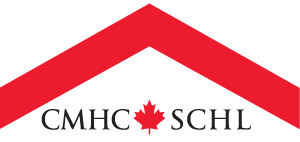CMHC releases results from the survey’s second cycle
Results from the second cycle of our Social and Affordable Housing Survey — Rental Structures (SAHS-RS) are now available.
The survey collected respondent and administrative data for an important component of Canada’s housing continuum: social and affordable rental-tenure housing. Information collected includes:
- number of units
- information on ownership and administrative body
- vacancy rates
- average rents
- rent determination mechanism
- building age, condition and repair needs
Data was collected from across Canada and results are available at the provincial and centre levels. The first cycle of the SAHS-RS was completed in 2019. (Note: The survey wasn’t conducted in 2020 to allow for further refinement of the survey questionnaire and data collection methods.)
We have expanded our survey coverage this year. Since the first cycle of the survey was completed in 2019, we have expanded administrative data collection in Ontario. We further refined our universe of surveyed structures in British Columbia . This resulted in fewer structures being eligible for our survey frame. Our Québec survey coverage excluded administrative data for structures managed by the Government of Québec via the Société d'habitation du Québec (SHQ).
Where we collected the social and affordable housing data:
The survey covered slightly more than 655,000 units located in:










 Share via Email
Share via Email
